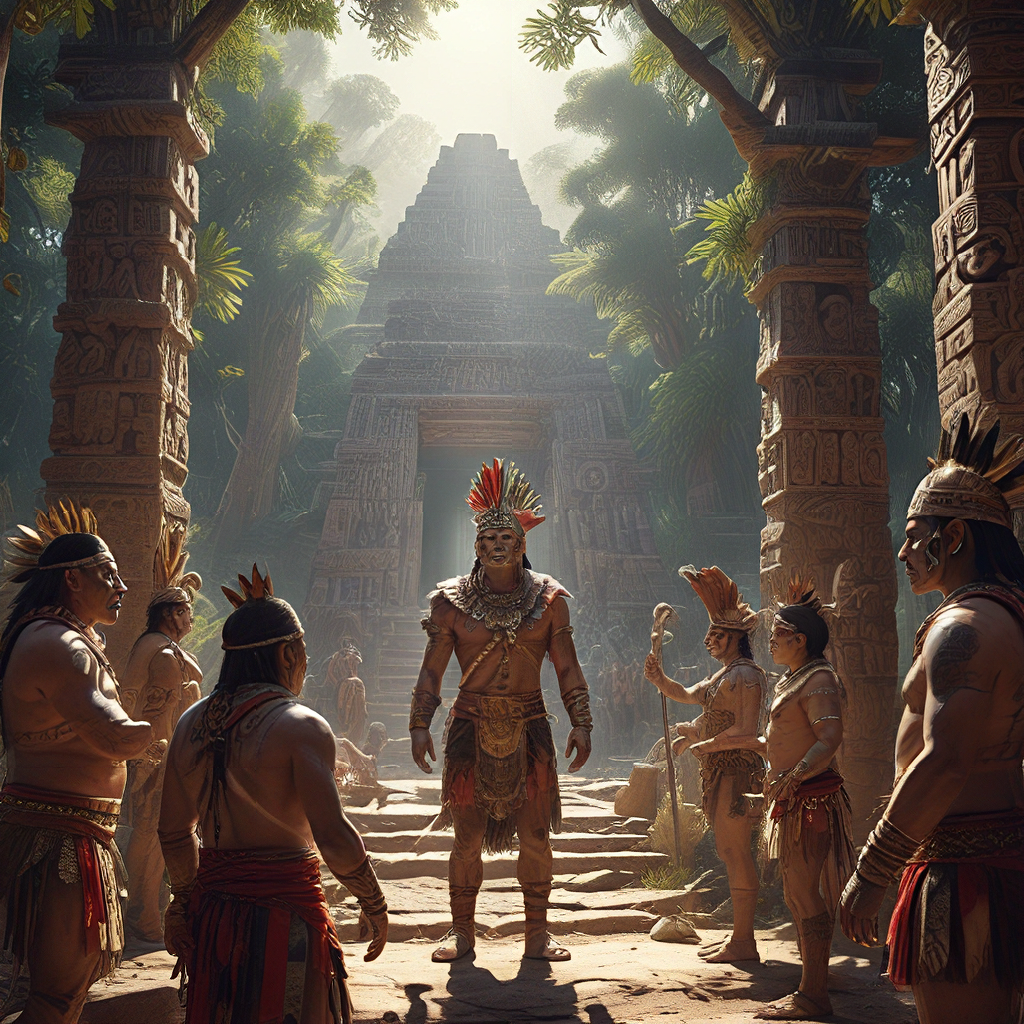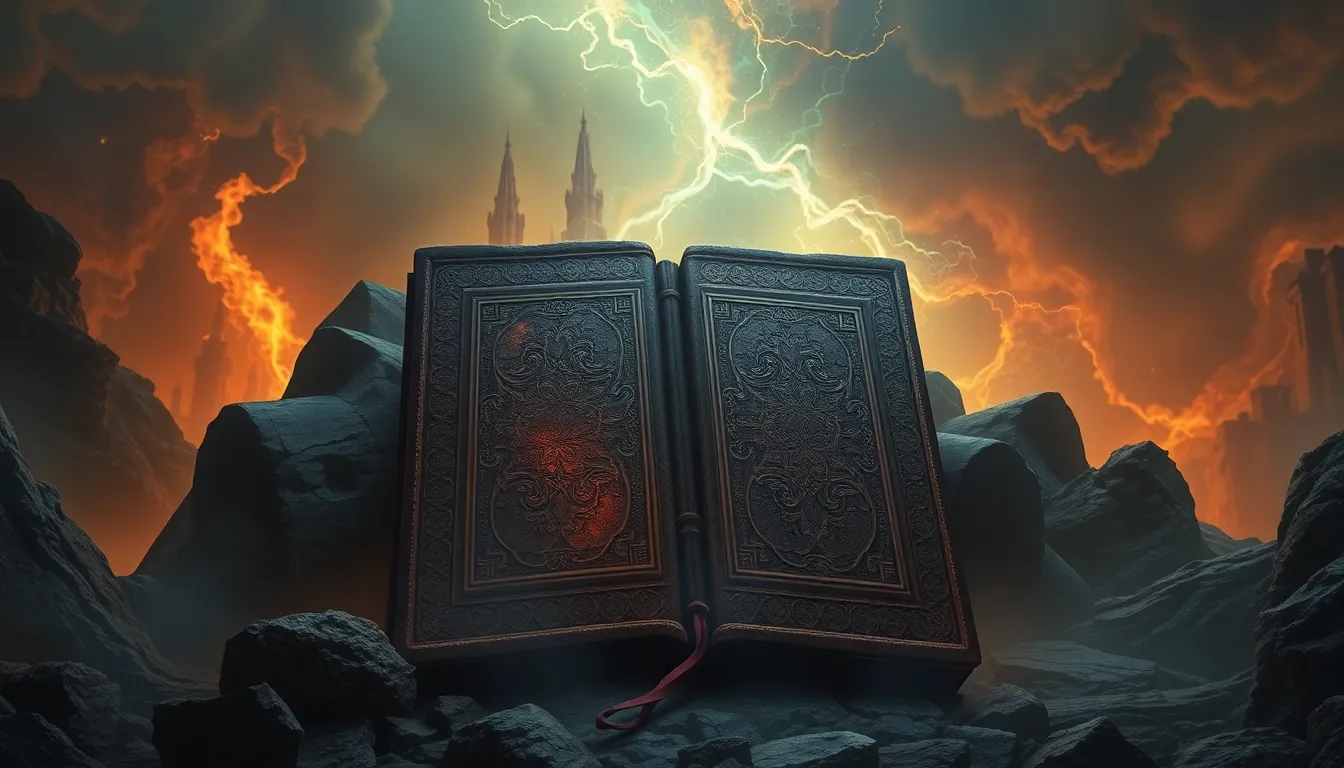The Aztec Creation Myth: A Journey to Humanity
The Aztec creation myth, like many ancient stories, offers a profound explanation of the universe and humanity’s place within it. It narrates the origins of the world and its people, providing insights into the values and beliefs of the Aztec civilization. This myth, passed down through generations by word of mouth, reveals a complex worldview deeply intertwined with nature, sacrifice, and the cyclical nature of time.
The Four Suns: A Cycle of Destruction and Renewal
The Aztec cosmos began with four previous worlds, each a "sun" representing a distinct era. These suns were destroyed by catastrophes, each marking the end of a previous creation and the beginning of a new one. Each sun was associated with a particular deity and a specific way of life. The first sun, "4-Jaguar," was destroyed by jaguars; the second, "4-Wind," by winds; the third, "4-Rain," by rain; and the fourth, "4-Water," by floods. The destruction of the previous suns symbolizes a cyclical pattern of creation and destruction, highlighting the Aztec belief in the impermanence of all things.
The Fifth Sun: The Age of Humanity
The fifth sun, the current world, is the era of humanity and is associated with the sun god Tonatiuh. This creation was brought forth by the sacrifice of the gods Nanahuatzin and Tecciztecatl. Nanahuatzin, a humble god, offered himself as a sacrifice, while Tecciztecatl, a wealthy and vain god, was reluctant and only jumped into the fire after Nanahuatzin did. The gods used the blood of Nanahuatzin to create the sun, and Tecciztecatl became the moon. This myth explains the duality of day and night, light and darkness, and the cyclical nature of the universe.
The Creation of Humankind from Maize
The Aztecs believed that humankind was created from maize, a staple food in their diet. The god Quetzalcoatl, known for his wisdom and knowledge, took maize kernels from the underworld and created the first humans. This act of creation highlights the importance of maize in Aztec culture, symbolizing nourishment, life, and the cycle of growth and decay. The legend underscores the deep connection between humans and the natural world, emphasizing the interconnectedness of all life.
The Role of Tezcatlipoca and Quetzalcoatl
Tezcatlipoca, the "Smoking Mirror" god, and Quetzalcoatl, the "Feathered Serpent" god, play crucial roles in the creation myth. These two gods are often depicted as opposing forces, representing duality and conflict. While Quetzalcoatl is associated with light, knowledge, and creation, Tezcatlipoca embodies darkness, chaos, and destruction. Together, they represent the balance of forces that govern the universe. Tezcatlipoca's role in the creation myth is less about creation and more about the forces of change and destruction.
The Importance of Sacrifice in Aztec Cosmology
The Aztec creation myth underscores a central belief in their worldview: the importance of sacrifice. The story highlights the act of sacrifice as the driving force behind creation. The self-sacrifice of Nanahuatzin, the humble god, led to the birth of the sun, symbolizing the willingness to give up something precious for the greater good. This act is rooted in the Aztec belief that the gods required offerings, such as blood sacrifices, to maintain the balance of the cosmos and ensure the continuation of life.
The Aztecs believed that the sun needed nourishment to rise each morning and that this sustenance came from human blood. The idea of sacrifice, therefore, goes beyond a mere ritualistic act and embodies a deep understanding of the interconnectedness of human life with the natural world and the divine realm. Sacrifices represented a way for humans to interact with the supernatural and to ensure the continuation of life.
The Five Eras of Humanity
Within the framework of the five suns, the Aztecs envisioned five distinct eras of humanity, each with its own characteristics, challenges, and end. The current era, the fifth sun, is marked by the existence of humans as we know them and is believed to be in its final stages. The Aztecs believed that each era would end in a cataclysmic event, followed by the creation of a new world and a new era. The myth of the five suns, therefore, highlights the cyclical nature of time and the inevitable cycle of destruction and renewal.
The first era, "4-Jaguar," was ruled by giants and ended with a cataclysmic earthquake. The second, "4-Wind," was an era of strong winds and was destroyed by a hurricane. The third, "4-Rain," was a period of heavy rains and ended in a flood. The fourth, "4-Water," was an era of fire and was destroyed by a volcanic eruption. The fifth sun, the current era, is characterized by the dominance of humans and will eventually end in a great earthquake. This belief in the cyclical nature of time provides a framework for understanding the Aztecs’ sense of history and their relationship with the cosmos.
Interpretations of the Aztec Creation Myth
The Aztec creation myth, like any ancient myth, is open to various interpretations. Some scholars view it as a reflection of the Aztecs’ understanding of the natural world. The sun and moon, the cycles of nature, the importance of maize, and the cyclical nature of life and death all play significant roles in the narrative. The myth also offers insights into the Aztec social structure and their values. The emphasis on sacrifice highlights the importance of social cohesion and the willingness to contribute for the greater good.
The creation myth also reflects the Aztec belief in the omnipotence of the gods and the importance of maintaining a harmonious relationship with them. By understanding the origins of creation, the Aztecs believed they could better understand their place in the world and their responsibilities to the gods.
The Myth as a Reflection of Aztec Society
The Aztec creation myth offers a unique lens through which to understand Aztec society and its values. The creation narrative is not simply a story but a reflection of their worldview. The emphasis on creation through sacrifice highlights the Aztecs’ understanding of the interconnectedness of humanity, nature, and the divine. The belief in the cyclical nature of time and the inevitability of destruction and renewal underscores the importance of balance and the need for humans to live in harmony with the cosmos.
The creation myth also reflects the importance of agriculture in Aztec society. The act of creating humans from maize, a staple food, underscores the centrality of agriculture in their lives. Maize symbolized sustenance, life, and the cycle of growth and decay. This close relationship with nature is further evident in the Aztec belief in the importance of sacrifice, which represented a way for humans to interact with the divine and ensure the continuation of life.
Comparisons to Other Creation Myths
The Aztec creation myth shares similarities with other creation myths from around the world. Many creation stories feature a cycle of destruction and renewal, highlighting the idea of rebirth and the overcoming of chaos. The creation of humans from earth or other natural materials is also a common theme, reflecting the close relationship between humans and the natural world. The Aztecs’ emphasis on sacrifice is unique to their creation myth, but the concept of sacrifice for the greater good is a recurring theme in many other creation stories.
For example, the Greek myth of Prometheus, who stole fire from the gods and gave it to humans, reflects the idea of sacrifice for human betterment. Similarly, the Babylonian creation myth, the Enuma Elish, depicts the creation of the world as a cosmic struggle between the gods. These parallels indicate that creation myths, despite their cultural differences, often express universal themes and concerns about the origins of life, the relationship between humans and the divine, and the balance of order and chaos.
FAQ
What is the Aztec creation myth about?
The Aztec creation myth tells the story of the creation of the universe and humanity. It describes the four previous worlds that were destroyed and the creation of the current world, the fifth sun, in which humans live.
How were humans created in the Aztec creation myth?
The Aztecs believed that humans were created from maize by the god Quetzalcoatl. He took maize kernels from the underworld and used them to create the first humans.
What is the importance of sacrifice in the Aztec creation myth?
Sacrifice plays a crucial role in the creation myth. The story highlights the self-sacrifice of Nanahuatzin, a humble god, who offered himself to create the sun. This act emphasizes the Aztecs’ belief in the importance of sacrifice to maintain the balance of the cosmos.
What are the five eras of humanity in the Aztec creation myth?
The five eras of humanity, each represented by a sun, are:
- 4-Jaguar: Era of giants, destroyed by earthquakes.
- 4-Wind: Era of strong winds, destroyed by hurricanes.
- 4-Rain: Era of heavy rains, destroyed by floods.
- 4-Water: Era of fire, destroyed by volcanic eruptions.
- 5-Sun: The current era, characterized by the dominance of humans.
How does the Aztec creation myth reflect Aztec society?
The Aztec creation myth reflects the importance of agriculture, sacrifice, and the interconnectedness of humanity, nature, and the divine in Aztec society. The myth also highlights the Aztec belief in the cyclical nature of time and the importance of maintaining balance with the cosmos.


